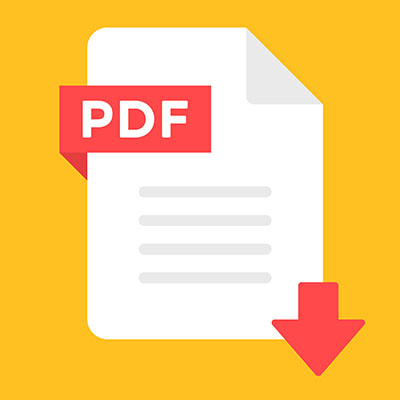Tip of the Week: Saving Files from the Internet as PDFs

Sometimes you will find something on the Internet and think, “Wow, I’d love to save this, but I also love PDFs.” Well, for instances like this, there are features built into your web browser that allow you to do just that! Let’s go over how you can save a web page or image as a PDF directly from your browser.
Before we get started, just know that this little trick can be used in most web browsers on your device, including Mozilla Firefox, Microsoft Edge, and Google Chrome. It’s quite a handy and neat way to save documents or images; and it works on just about any device, too, including desktops and mobile devices.
Saving Pictures or Files on the Internet as PDFs
The basic functionality which allows you to save things from the Internet as a PDF stems from the Print to PDF feature that is built into most web browsers. For Mac and Apple devices, you can use the free Shortcuts app to create your PDFs.
Keep in mind that for the sake of simplicity, we’ll use Google Chrome in our examples. The procedure is about the same for other devices, so as long as you know where the Print option is for your preferred browser, you can follow along from there.
The first step is to navigate to whatever it is you are trying to save as a PDF, be it a picture on the Internet or a web page you found while browsing. If it’s a web page, then you’re all set; if it’s an image, you’ll want to open it in a new tab. Just right-click the image and select Open image in a new tab.
Next, you need to navigate to the three-dot menu at the top of the screen to locate the Print option. Alternatively, you can use the keyboard shortcut, Ctrl + P.
Here’s where things can get a little tricky. For the Destination (where you would normally select the printer you’re sending it to), you want to select Save as PDF. Then, once you are ready, go ahead and click Save. You’ll be prompted to select the Save location just like if you were saving a document locally on your desktop.
And… that’s it! The basic premise is the same for the other devices and operating systems, with a handful of exceptions, like Firefox not having the option on mobile devices.
For more great tips and tricks, be sure to subscribe to Digital Sky Solutions’s blog.

